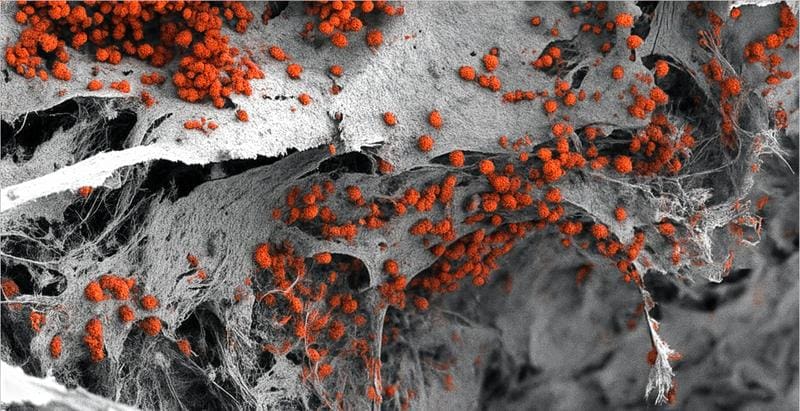Researchers develop realistic bone marrow model from human cells
A research team from the University of Basel and the University Hospital Basel has developed a complex bone marrow model from human cells in the laboratory for the first time. The system mimics the cellular diversity of the endosteal niche of the bone marrow and could reduce animal testing and advance blood cancer research and drug development. The results were published in the journal “Cell Stem Cell”.

The model is based on an artificial skeleton made of hydroxyapatite, a bone component. Human cells have been reprogrammed into stem cells, which form different cell types of the bone marrow through targeted signals. The three-dimensional construct with a diameter of eight millimeters and a thickness of four millimeters enables a realistic replica of blood formation.
The system is closer to human blood formation than previous animal models and could make many animal experiments superfluous. It could be used in drug development in the future, but requires miniaturization for parallel testing. In the long term, individual bone marrow models from patient cells could enable personalized therapies, which requires further developments.
Original Paper:
Qing Li et al.
Macro-scale, scaffold-assisted model of the human bone marrow endosteal niche using hiPSC-vascularized osteoblastic organoids.
Cell Stem Cell (2025), doi: 10.1016/j.stem.2025.10.009
Editor: X-Press Journalistenb├╝ro GbR
Gender Notice. The personal designations used in this text always refer equally to female, male and diverse persons. Double/triple naming and gendered designations are used for better readability. ected.




